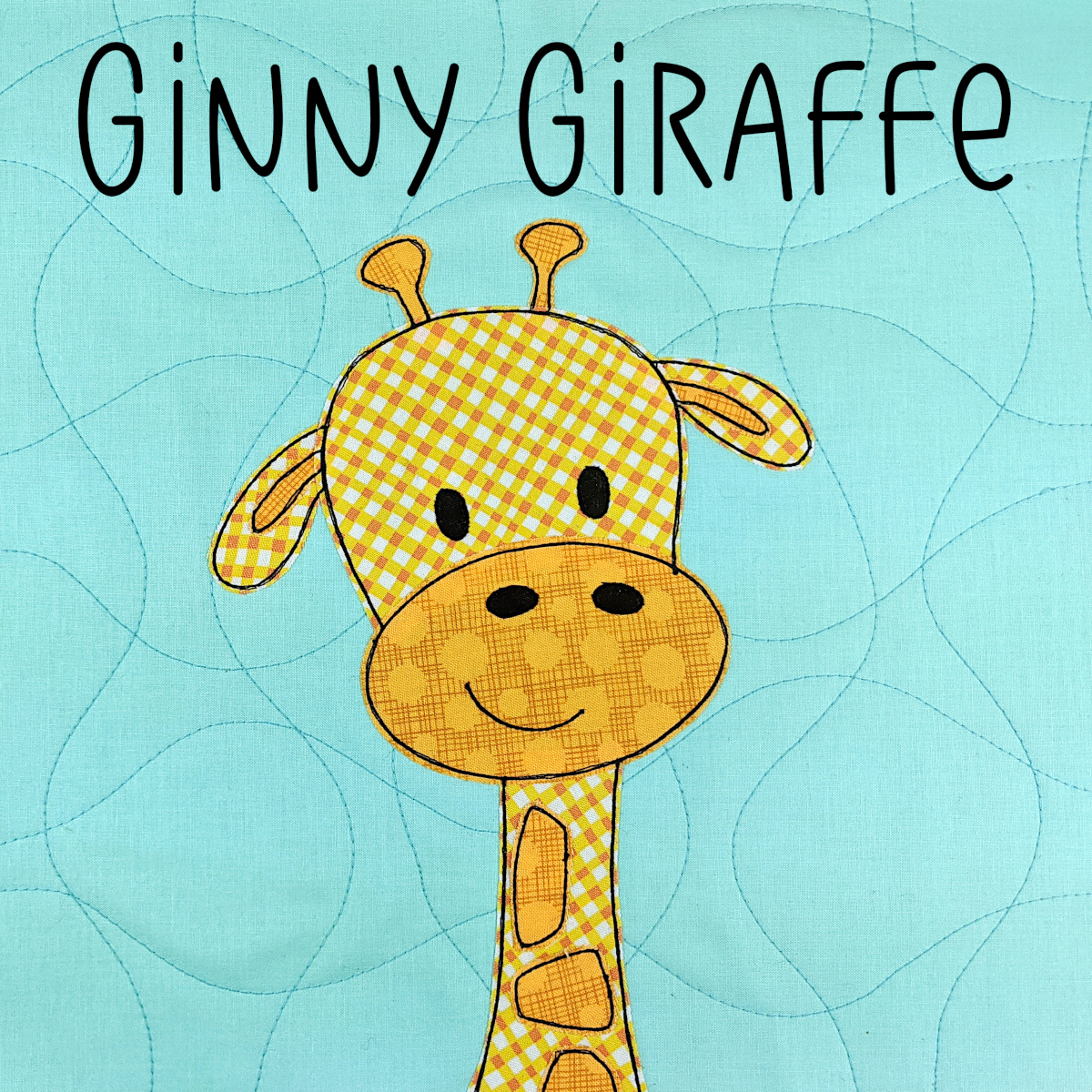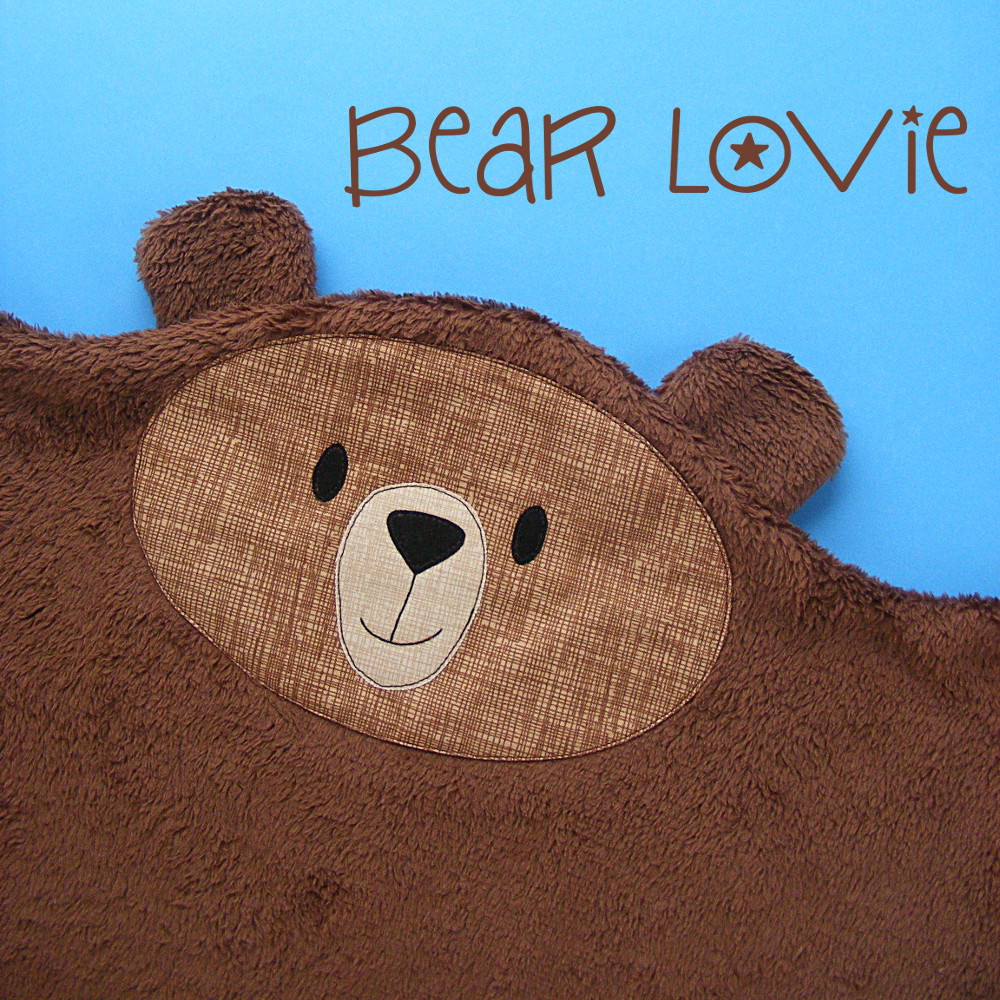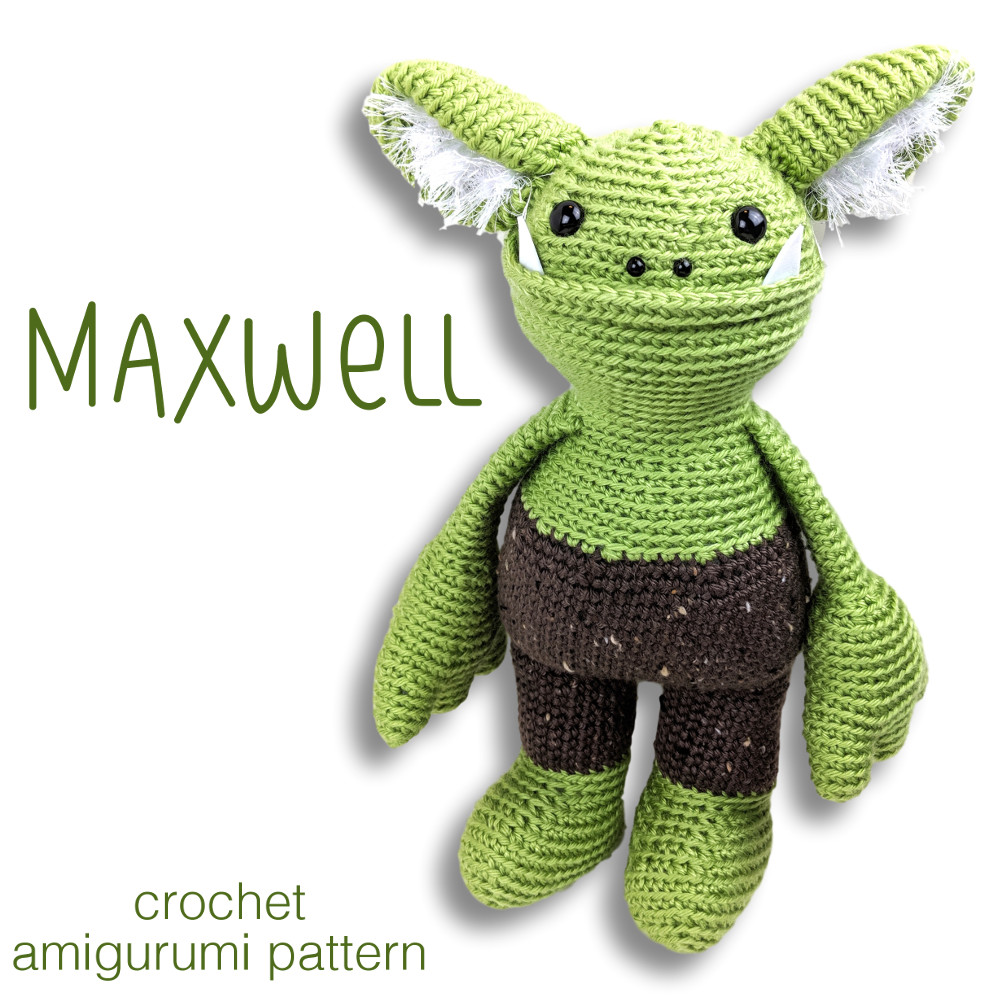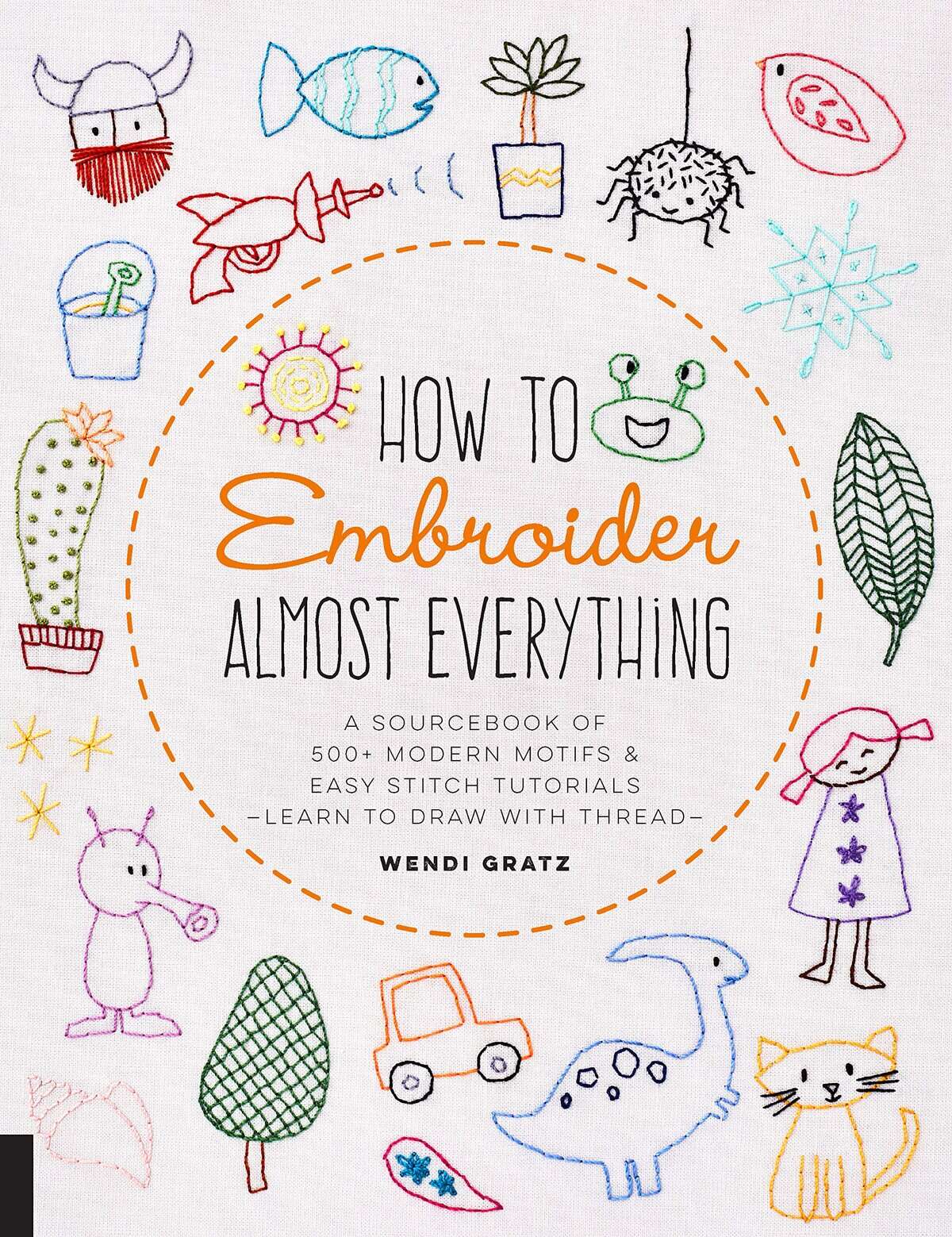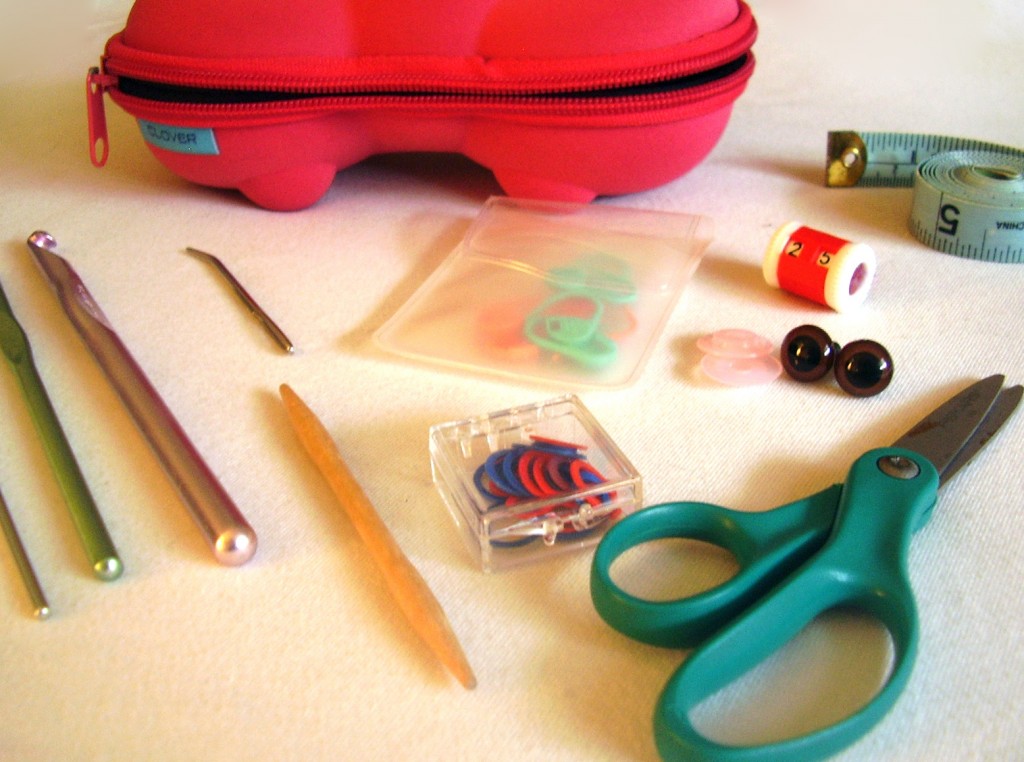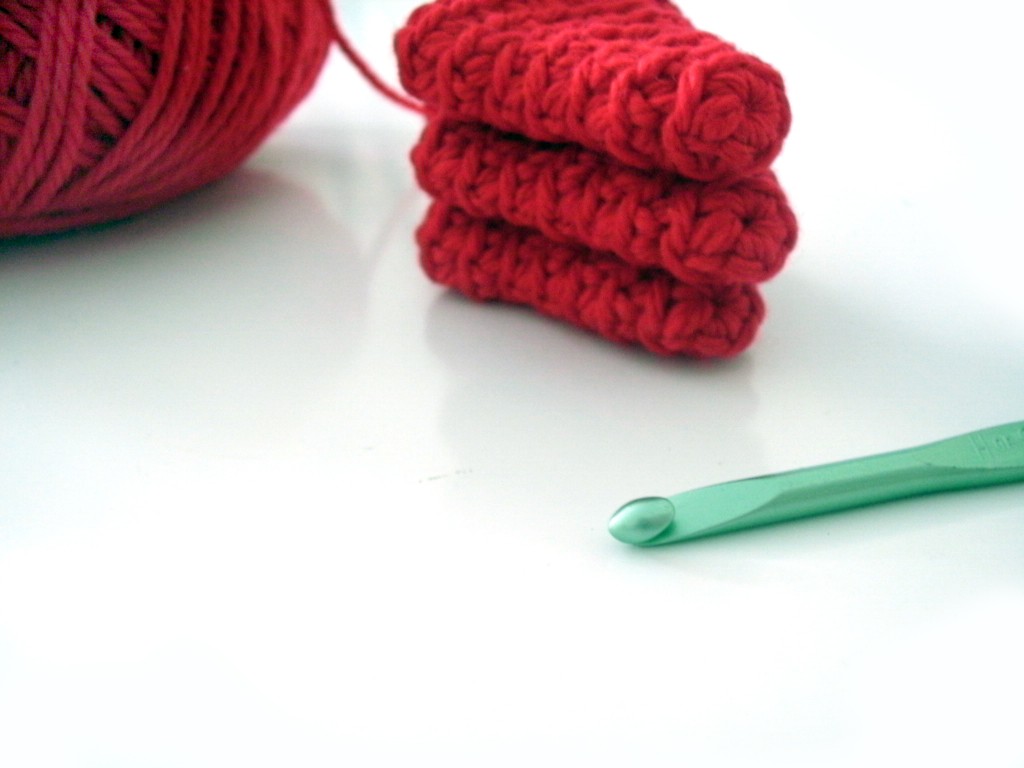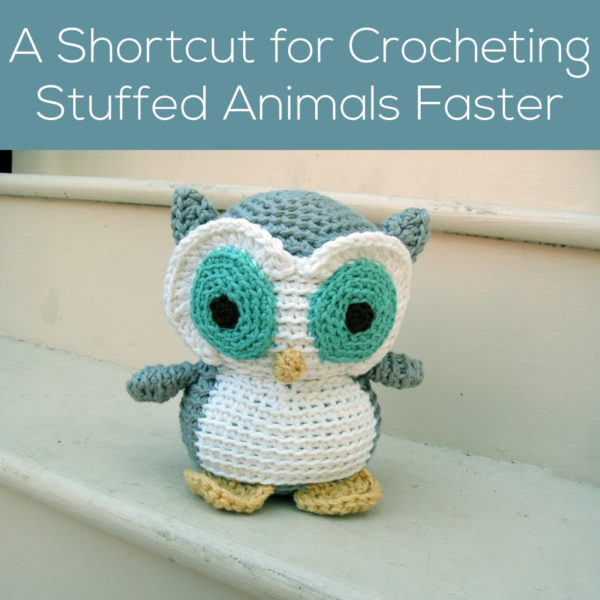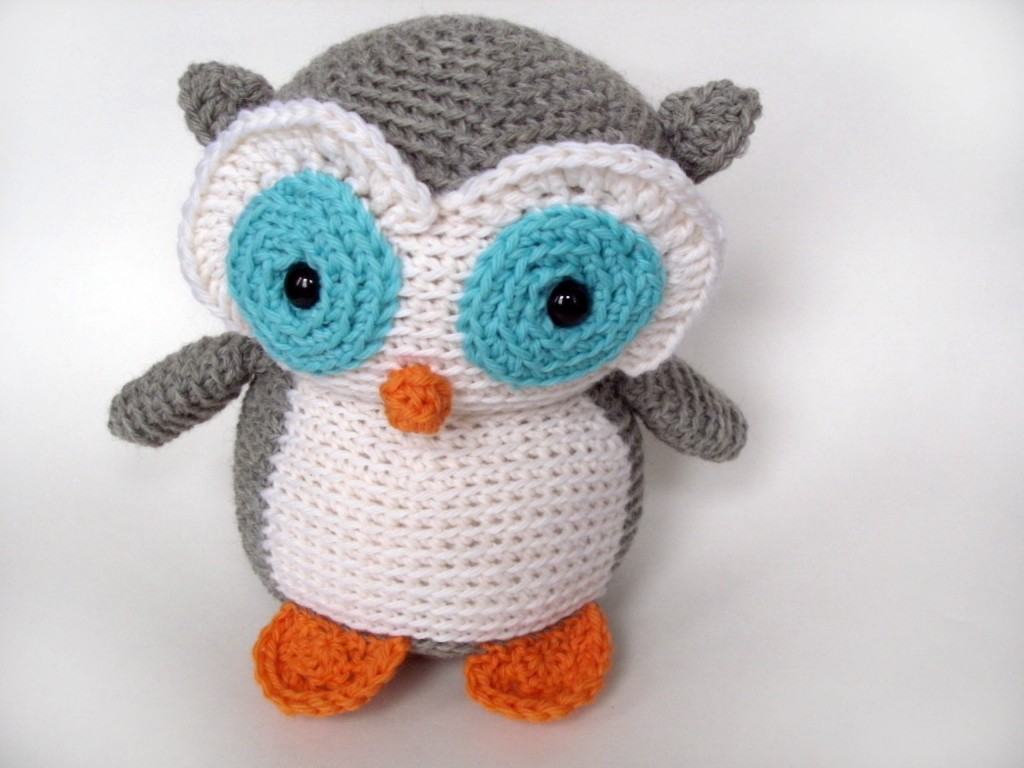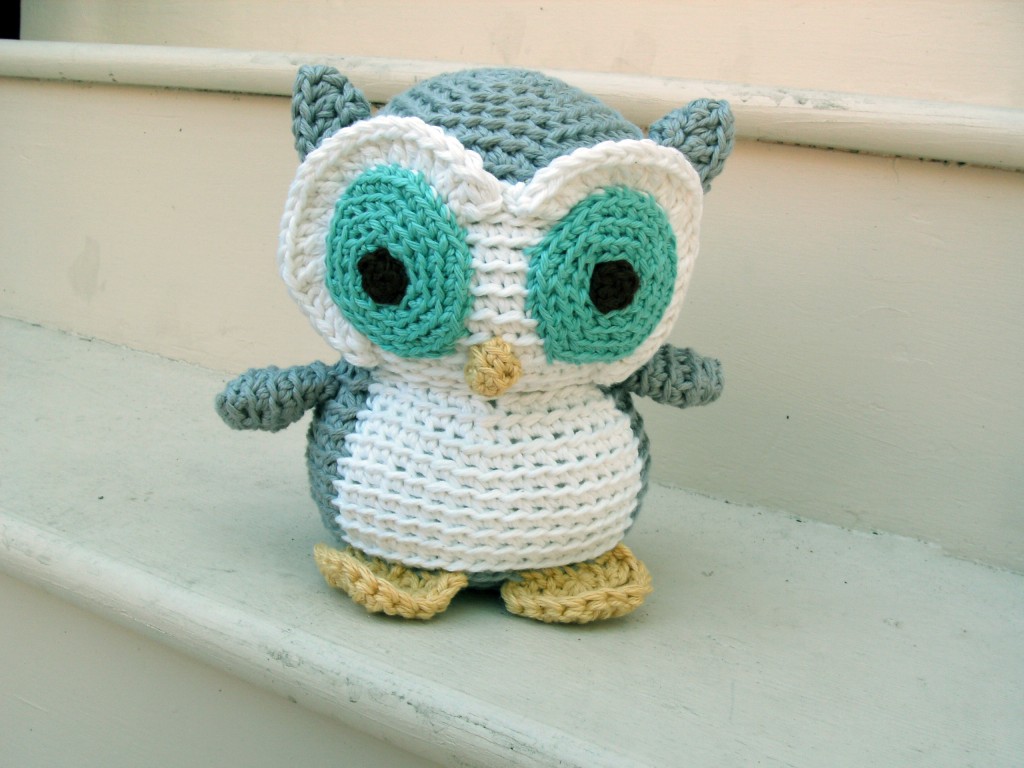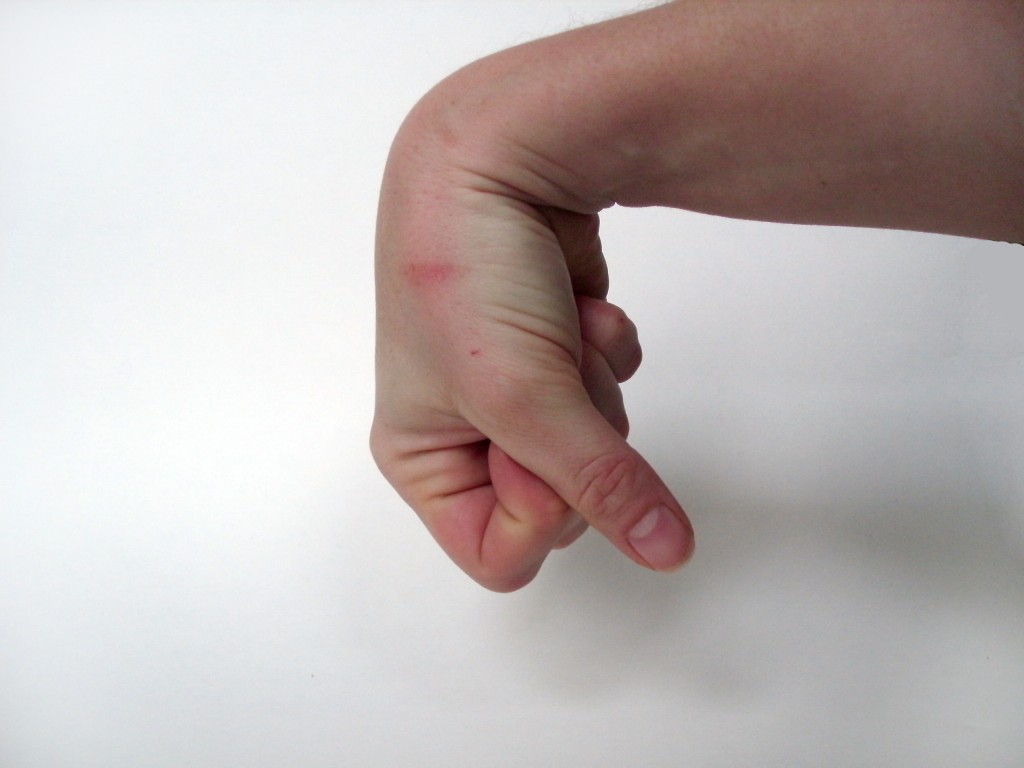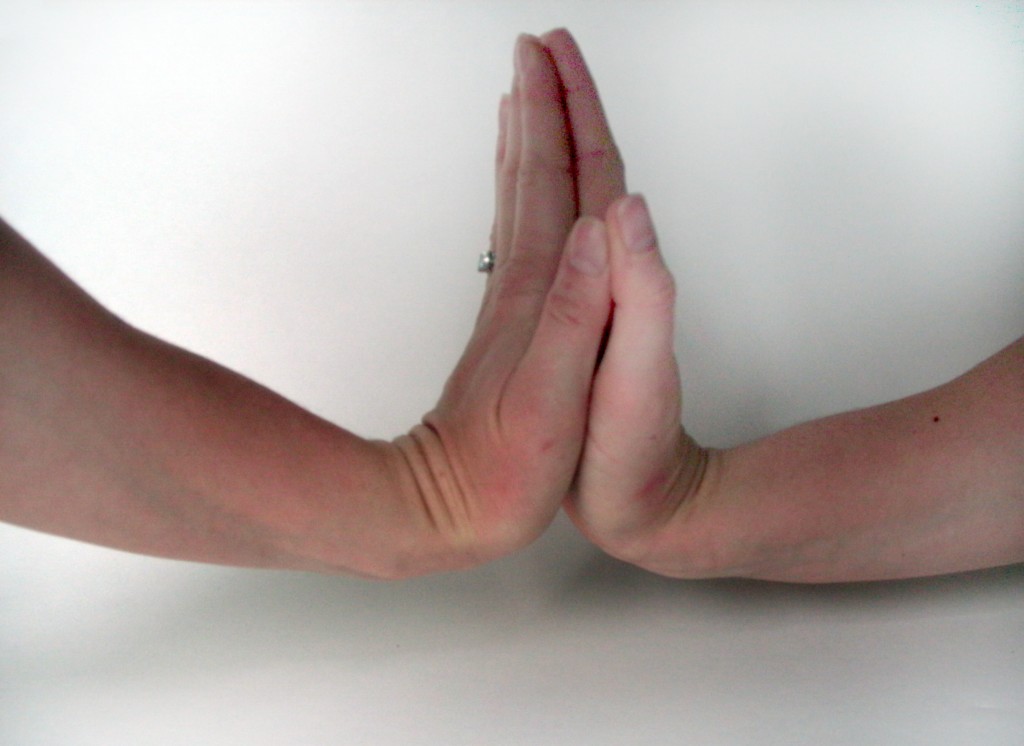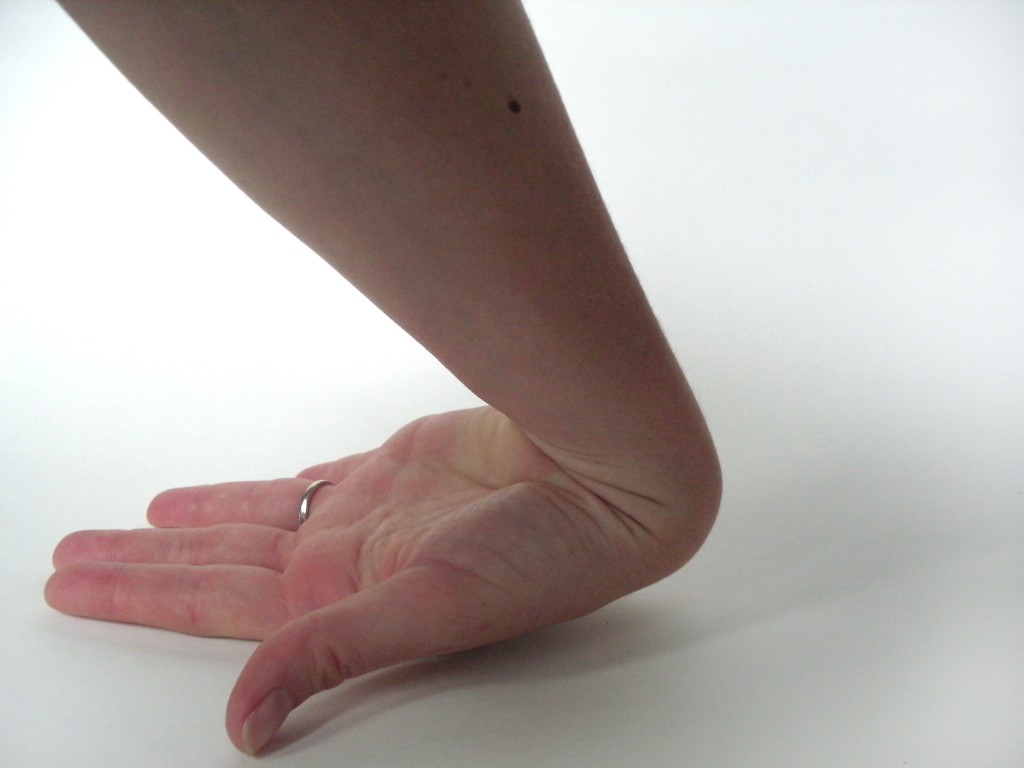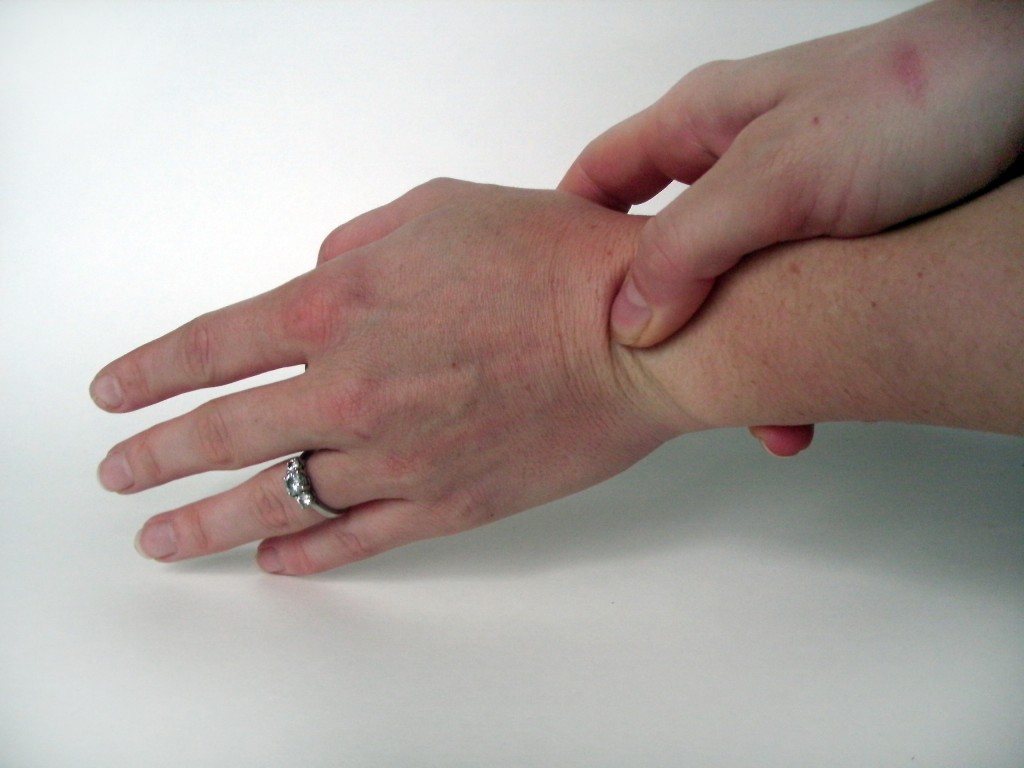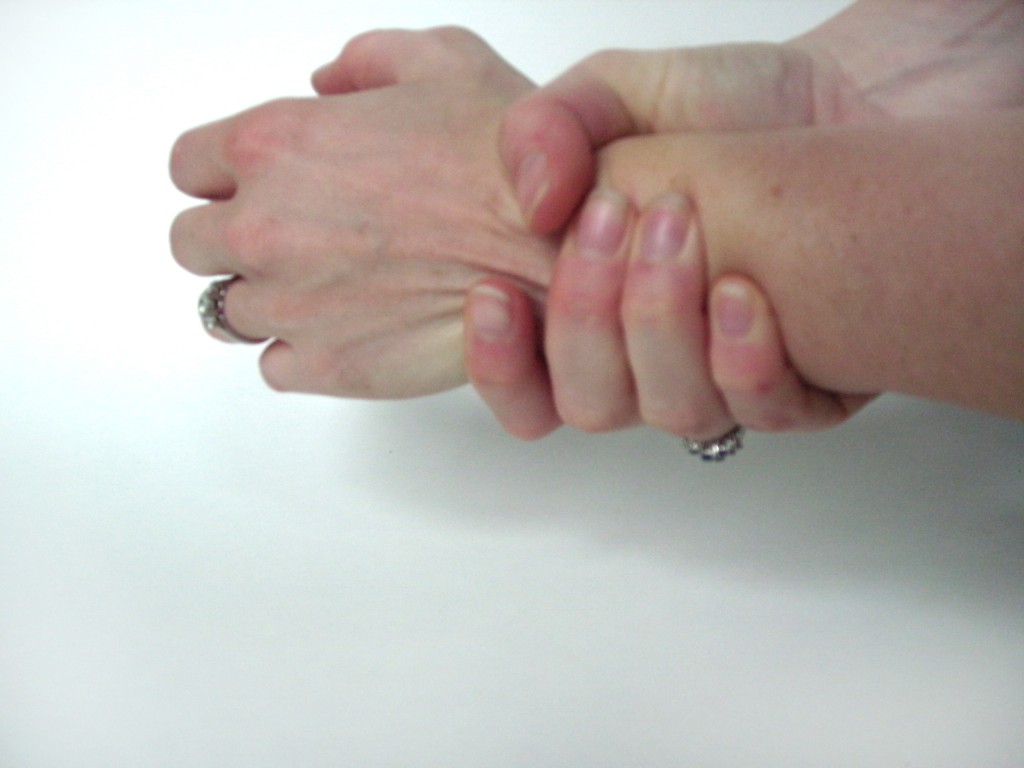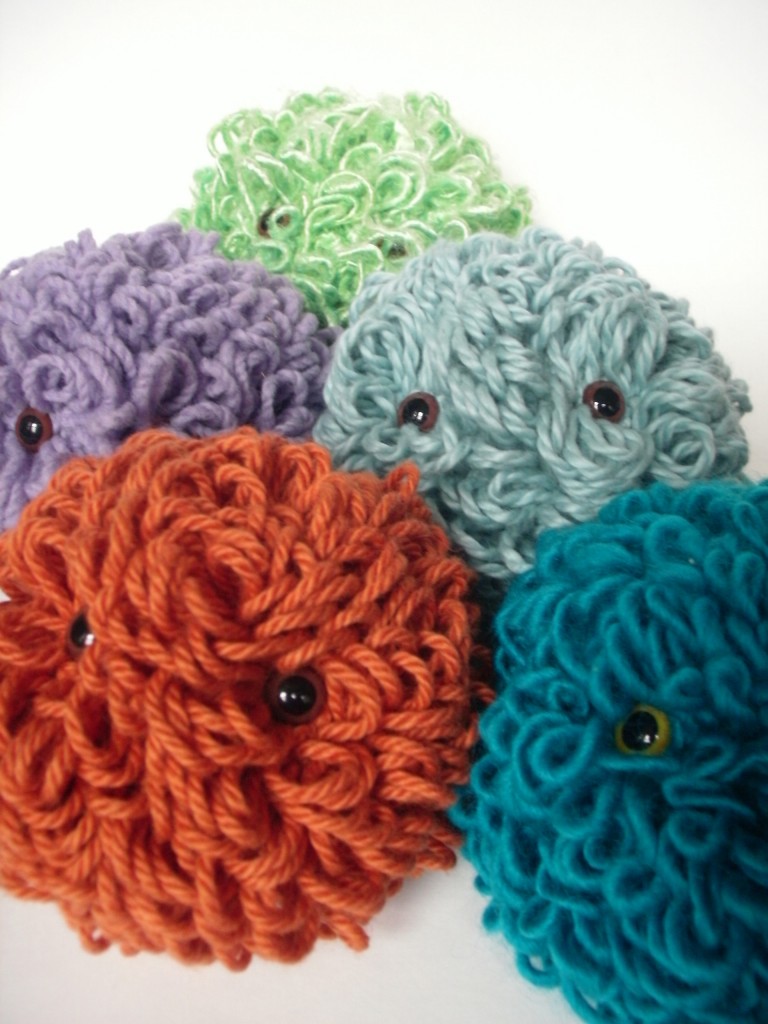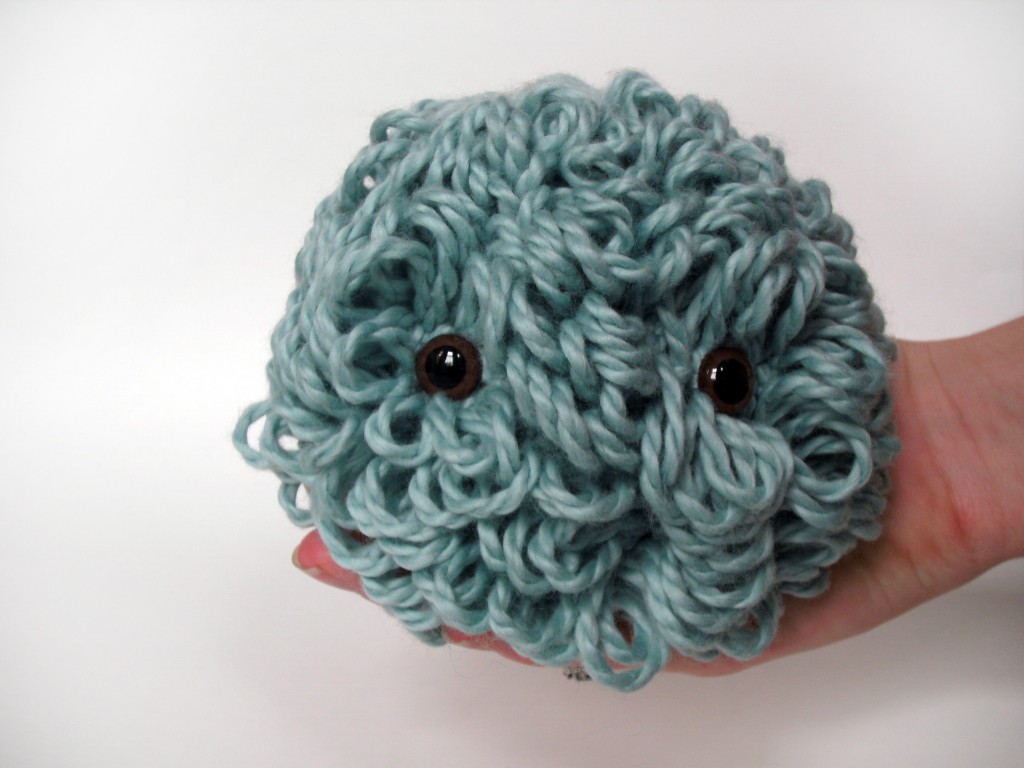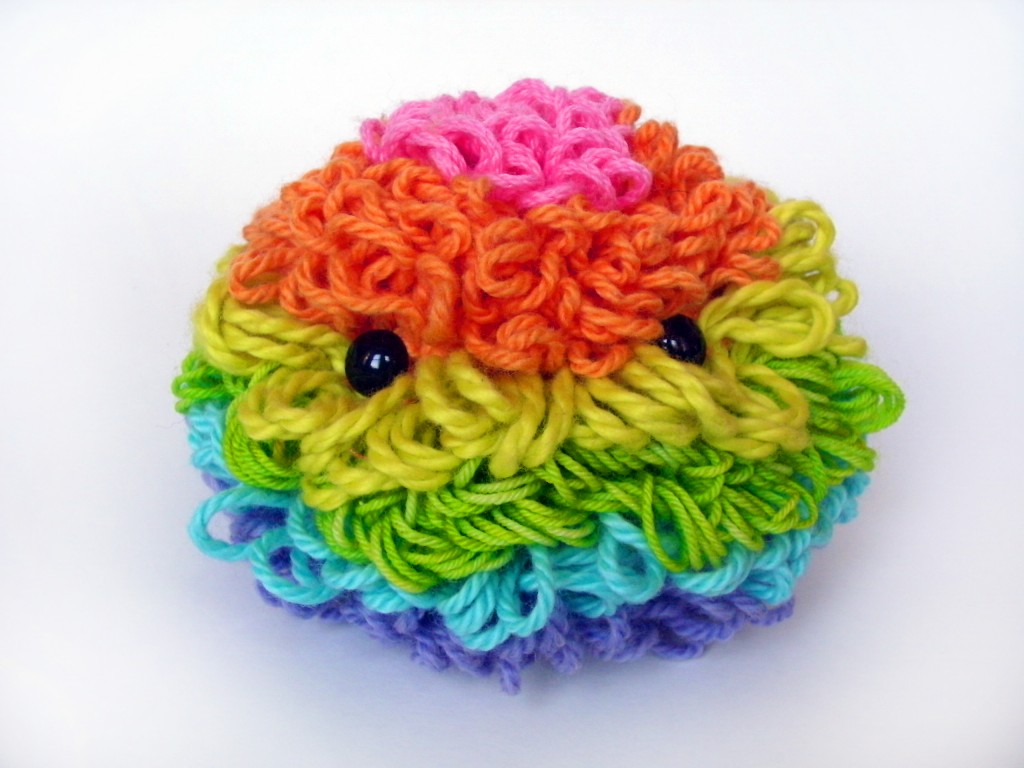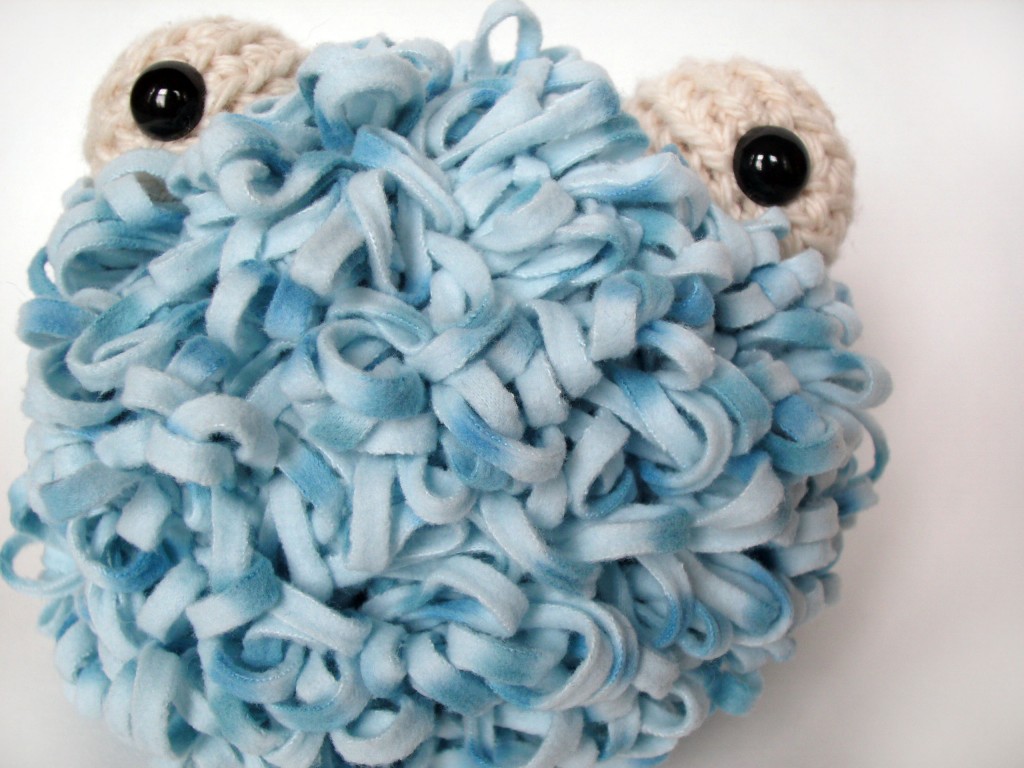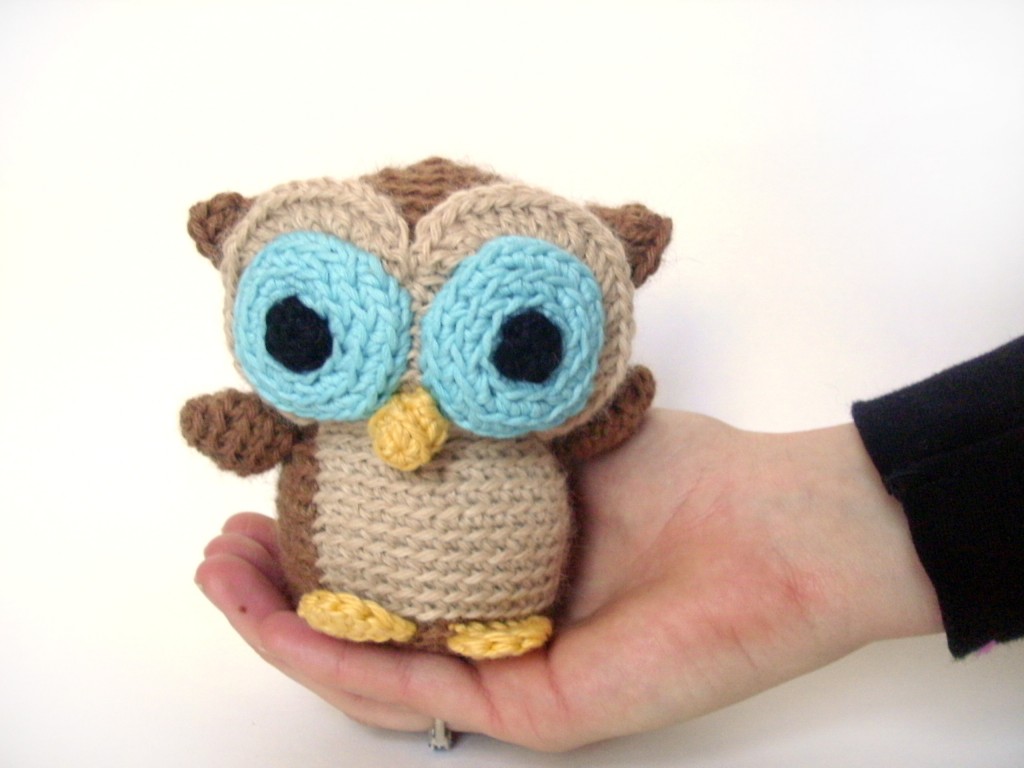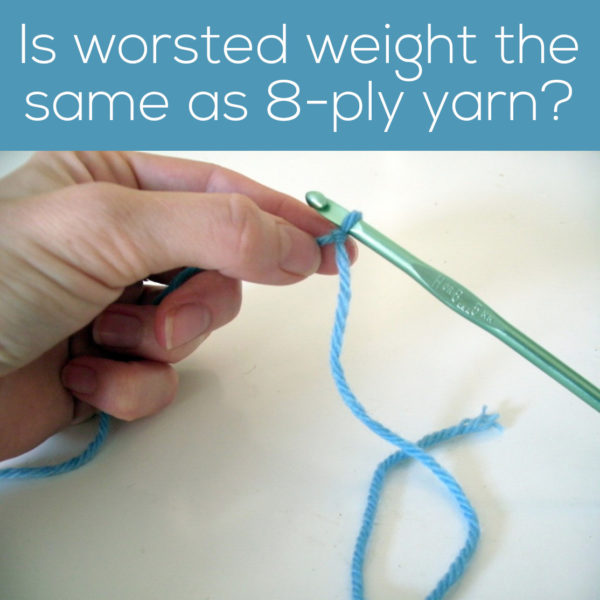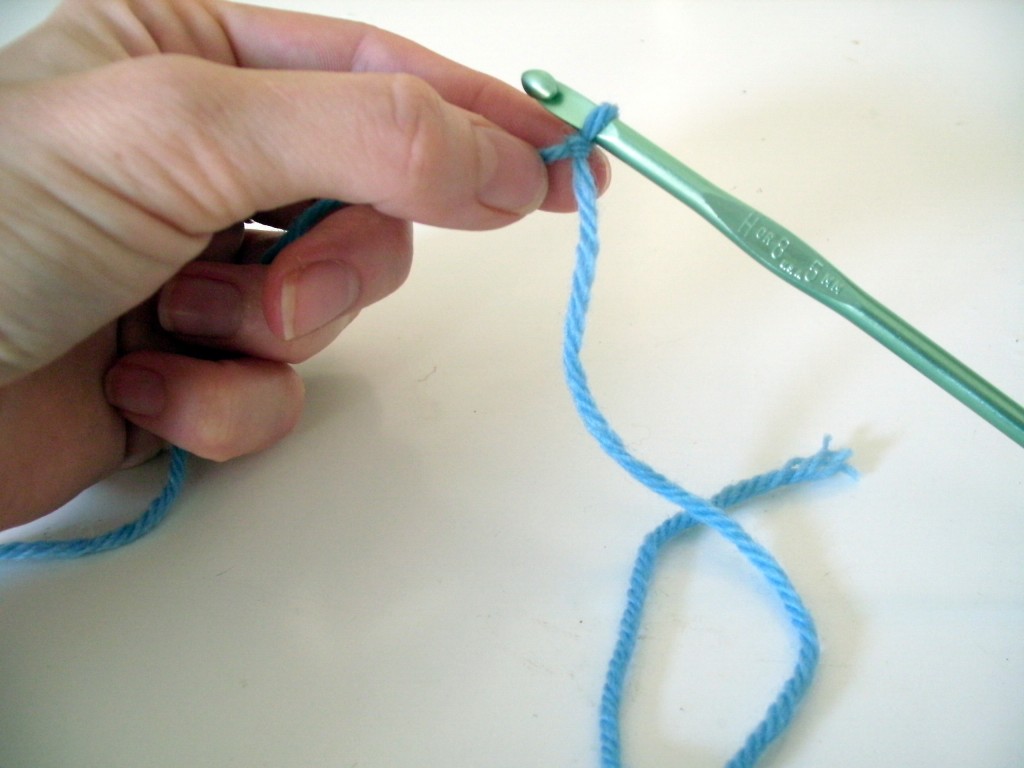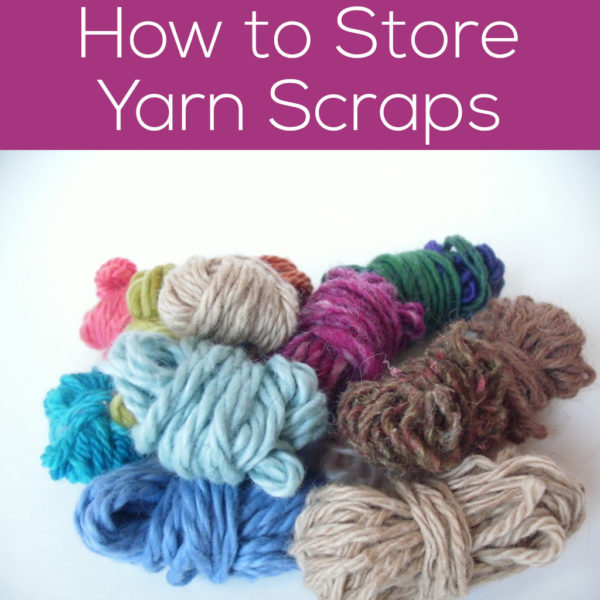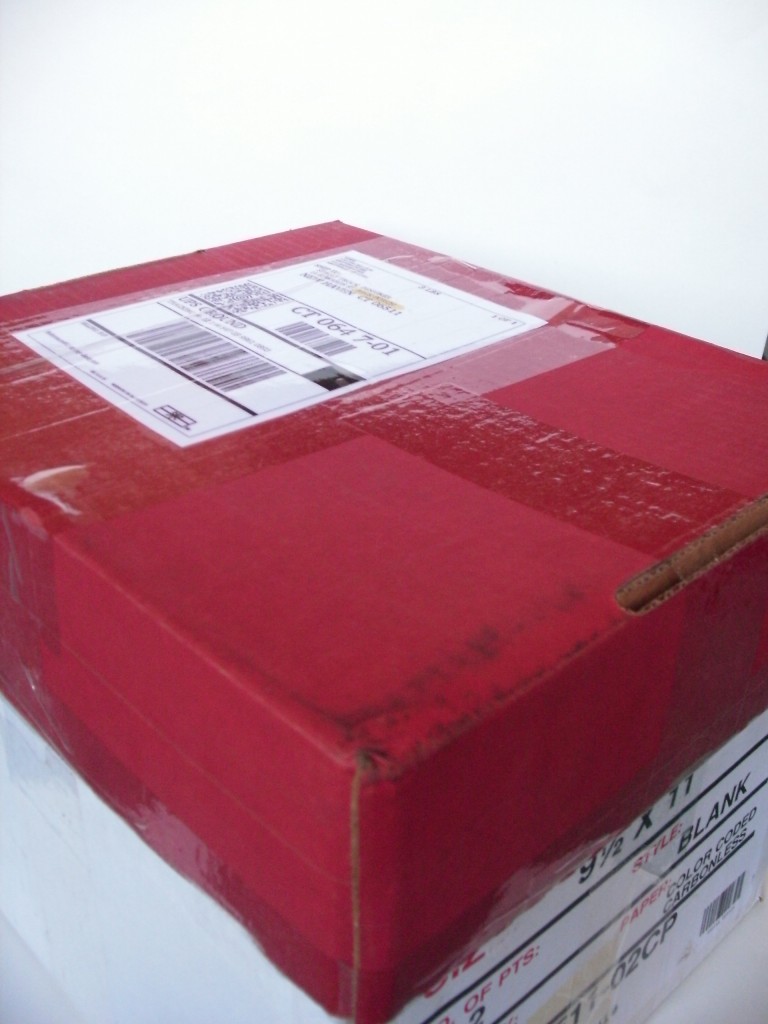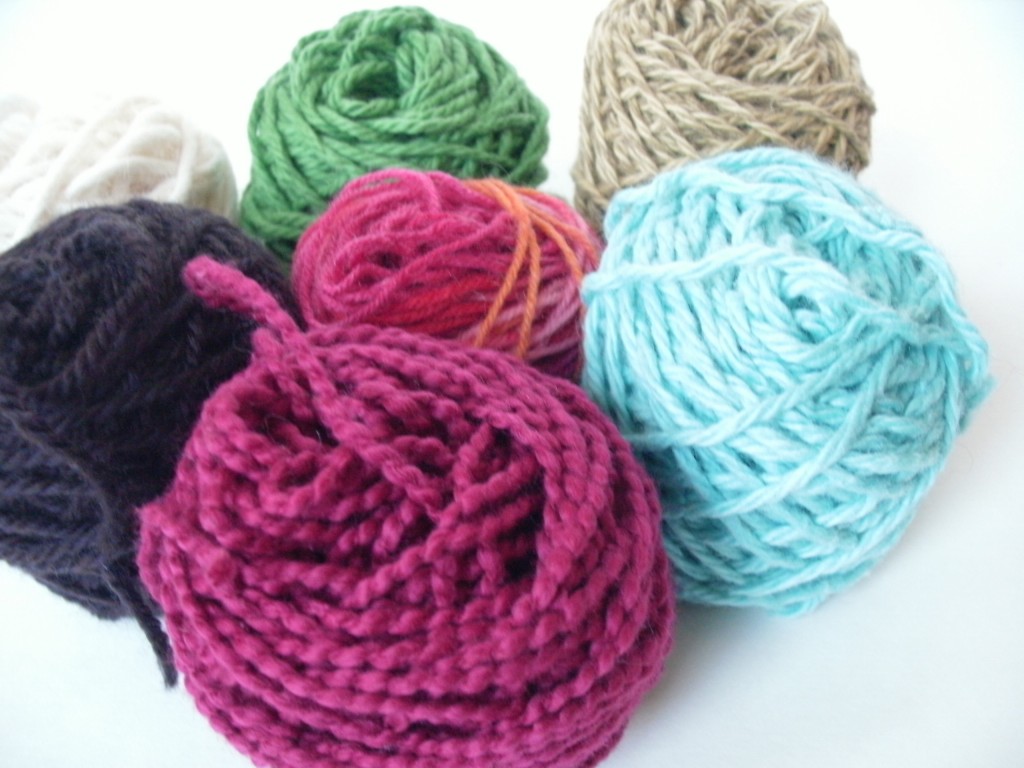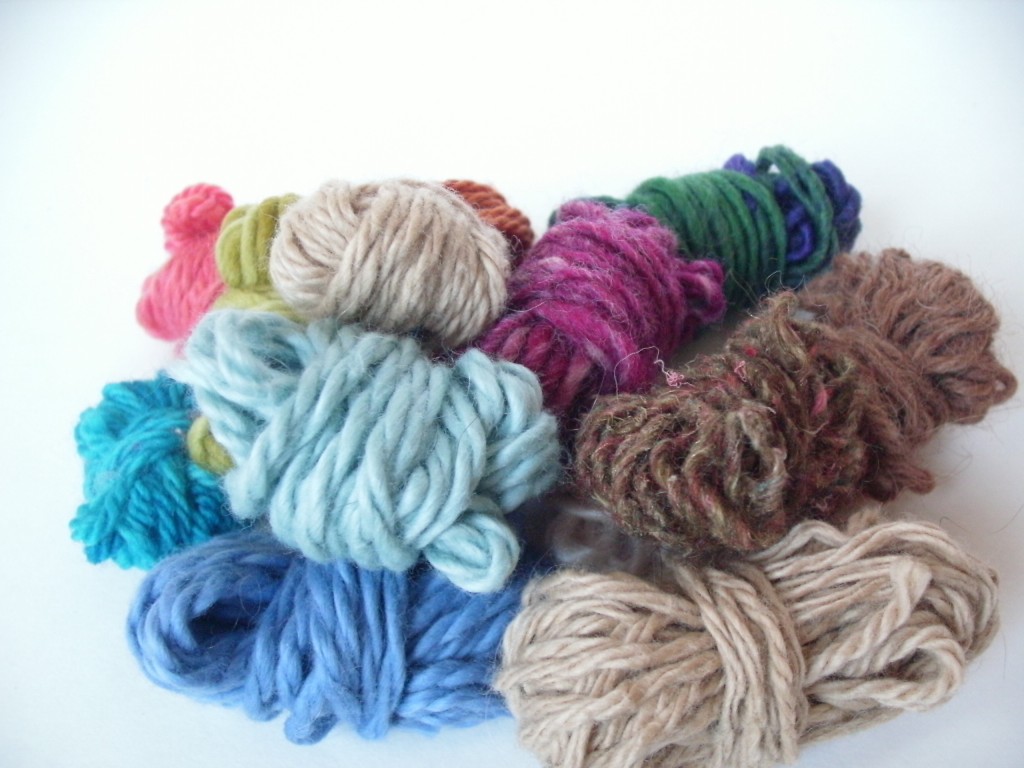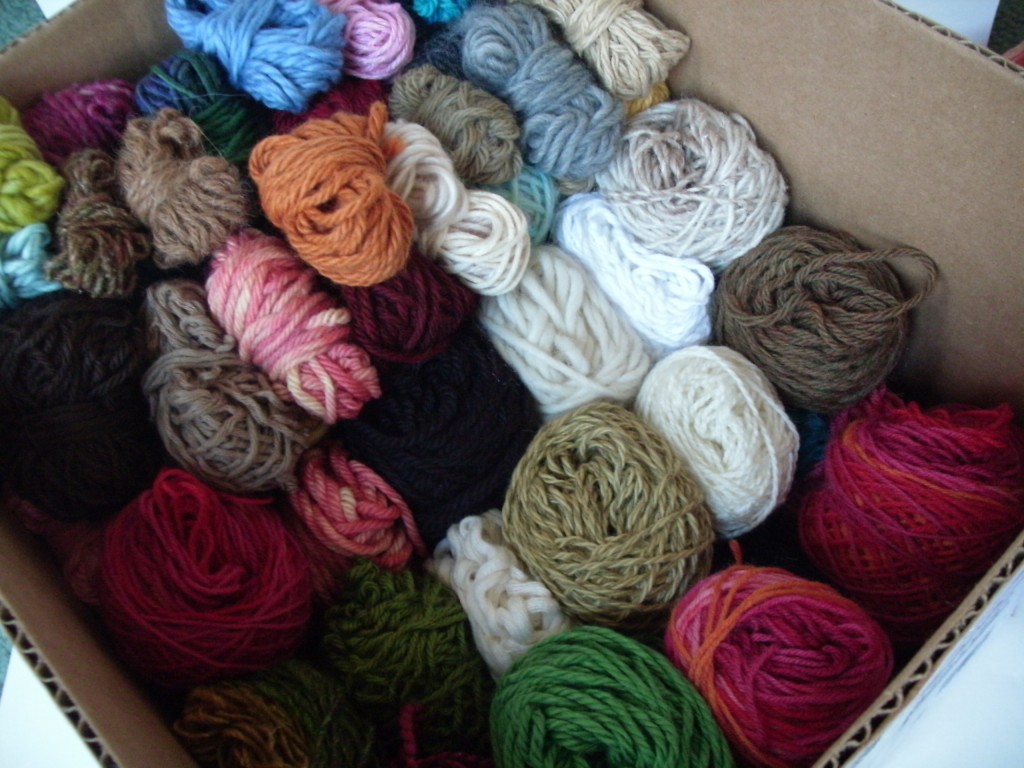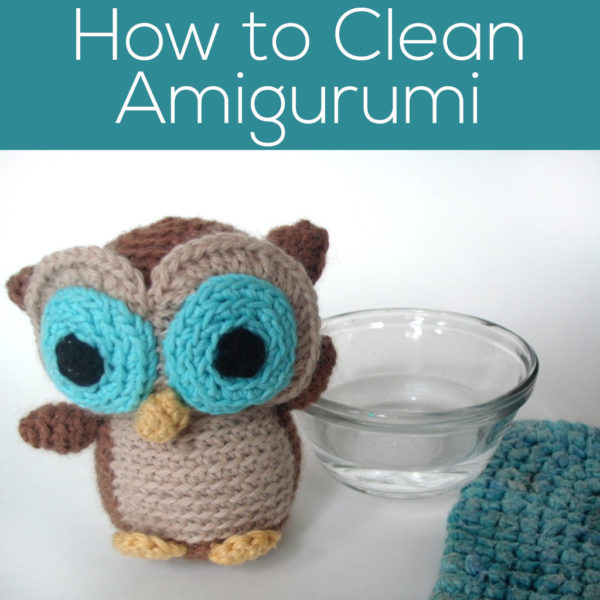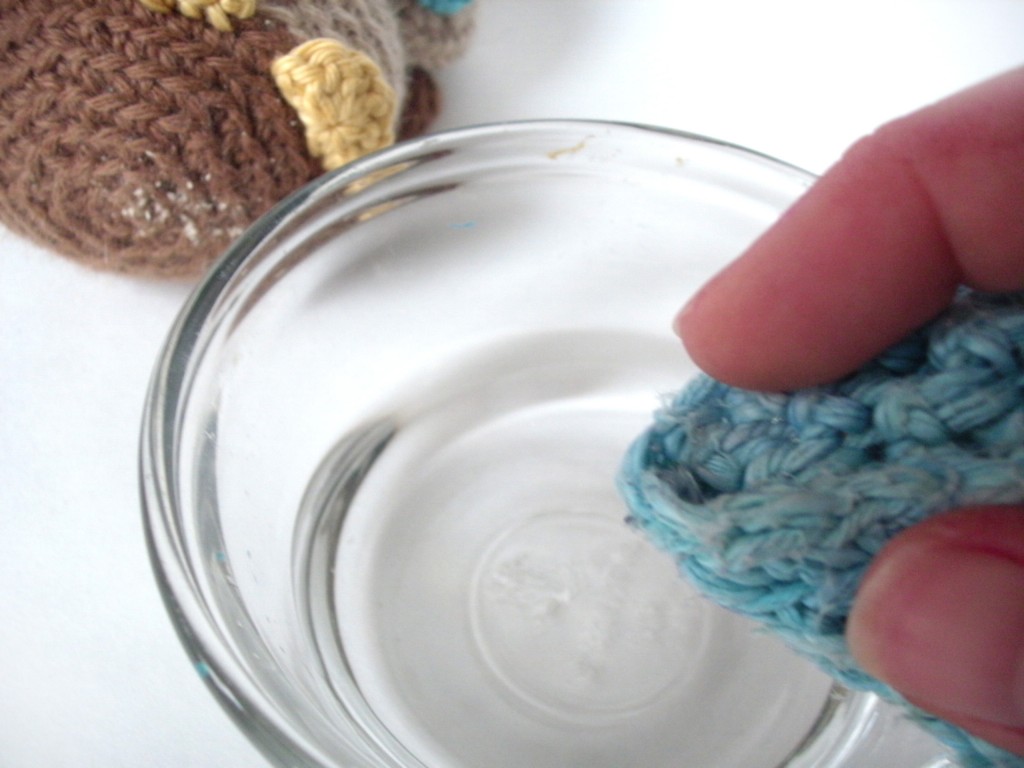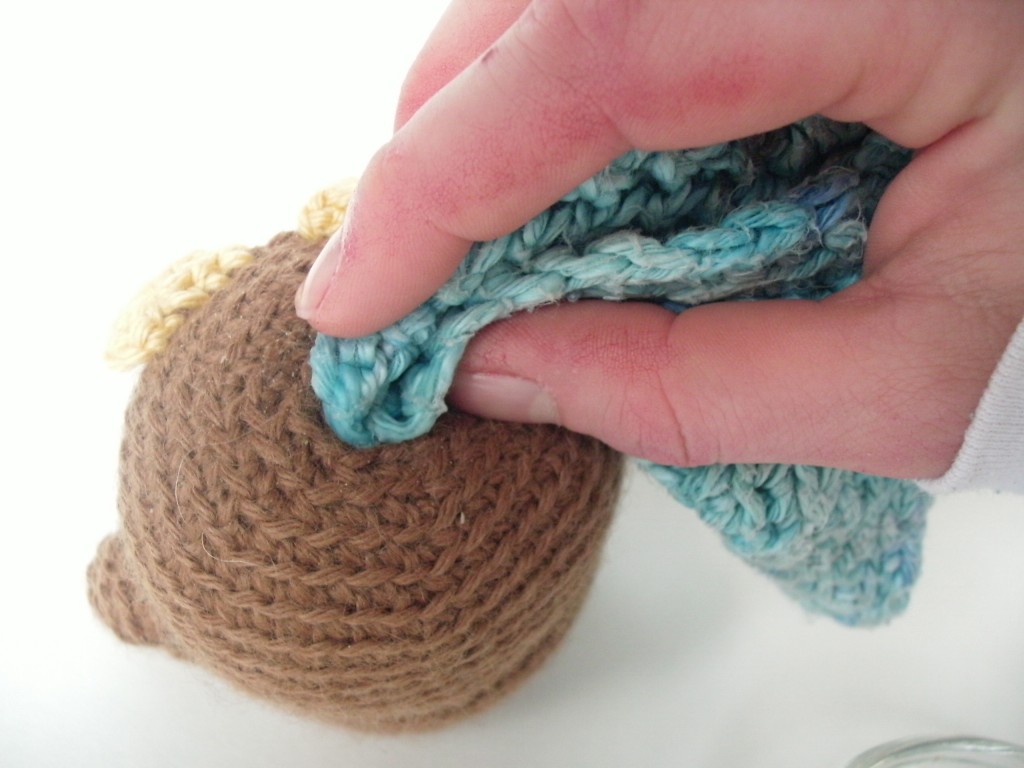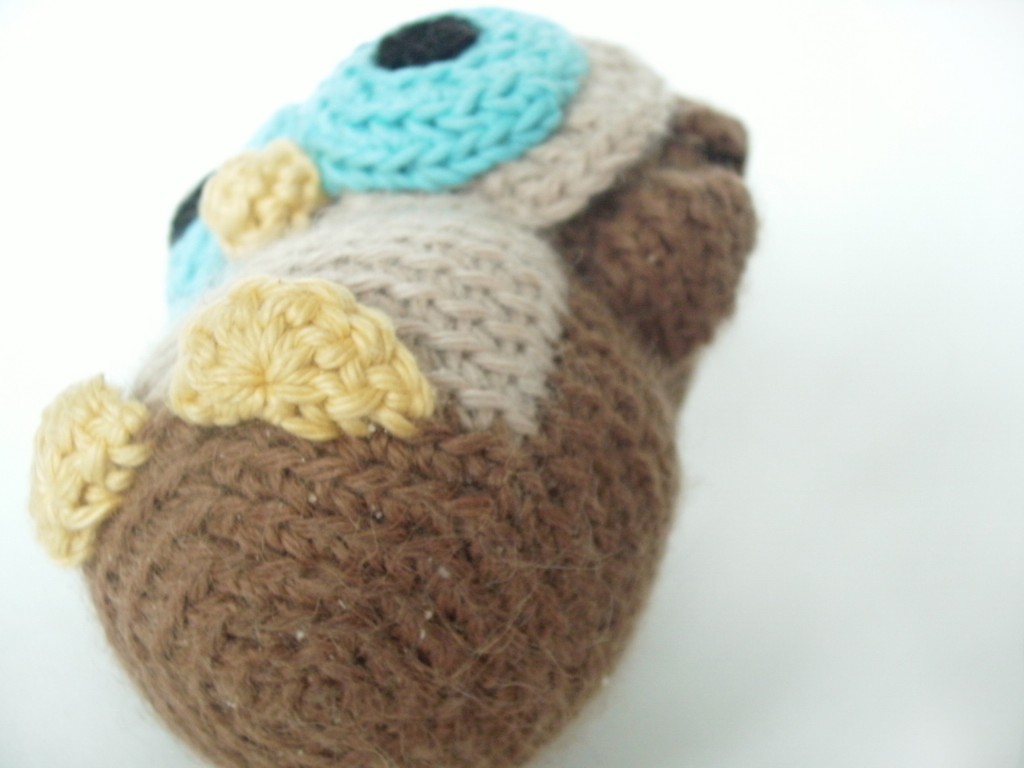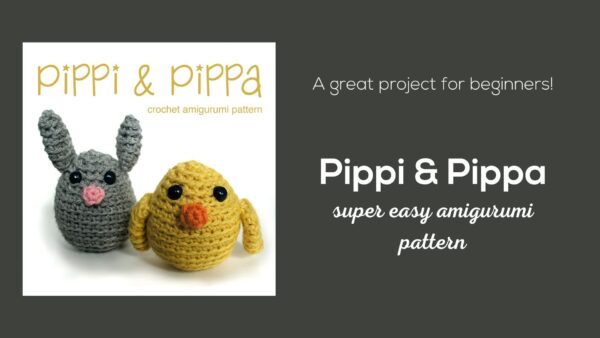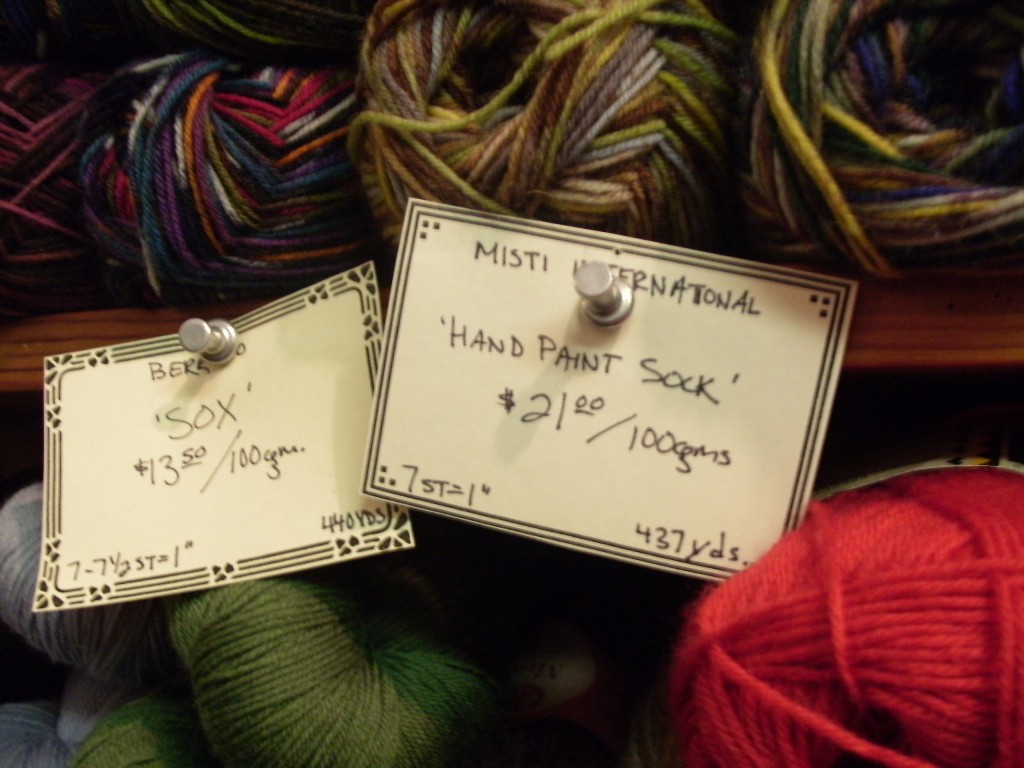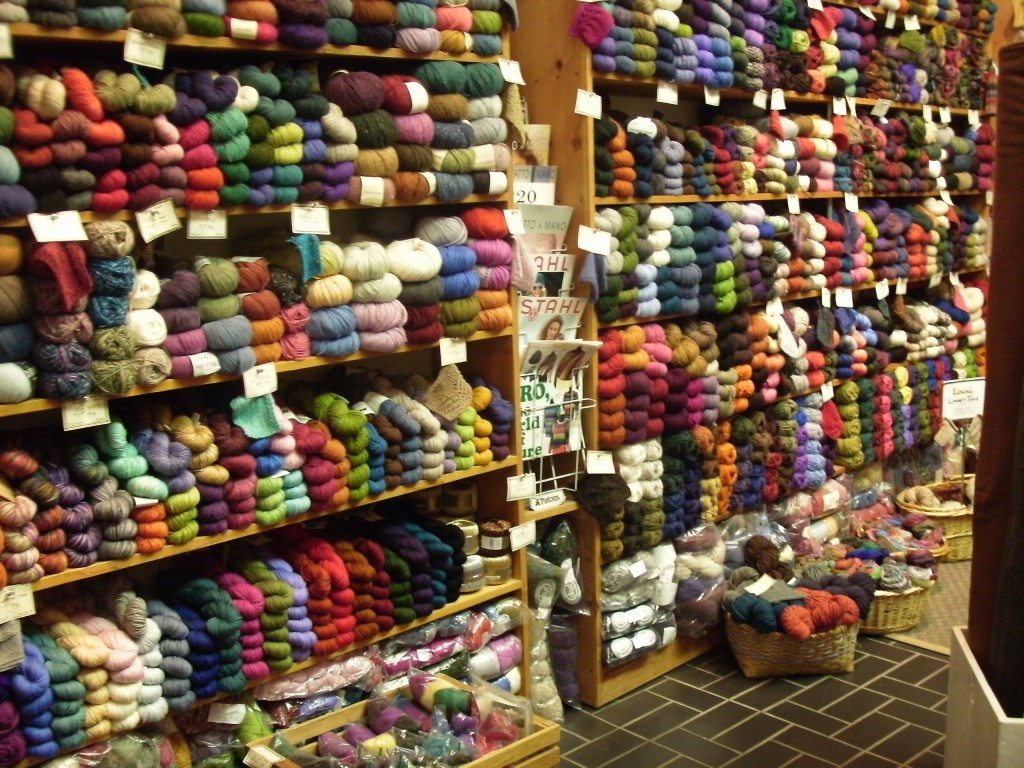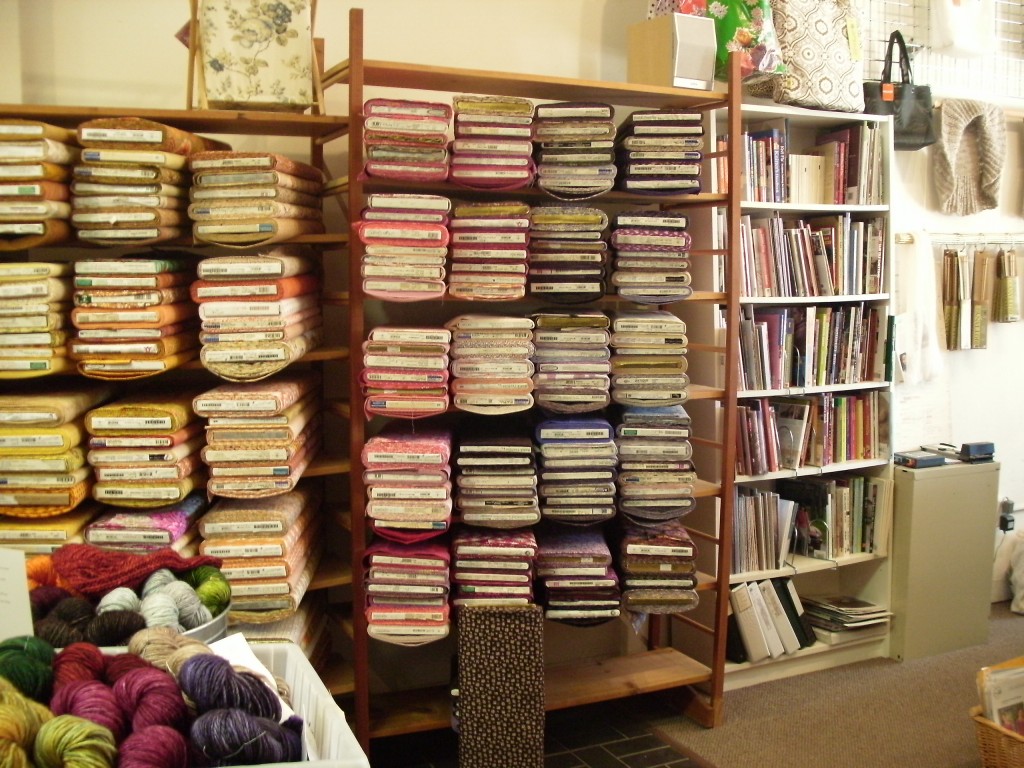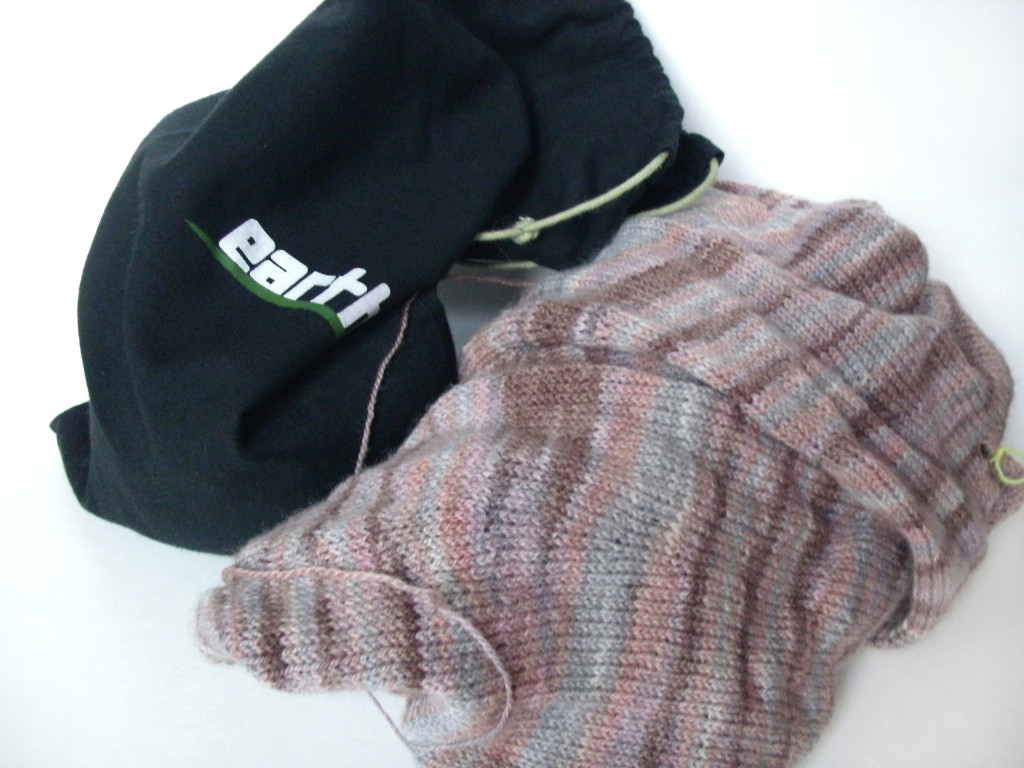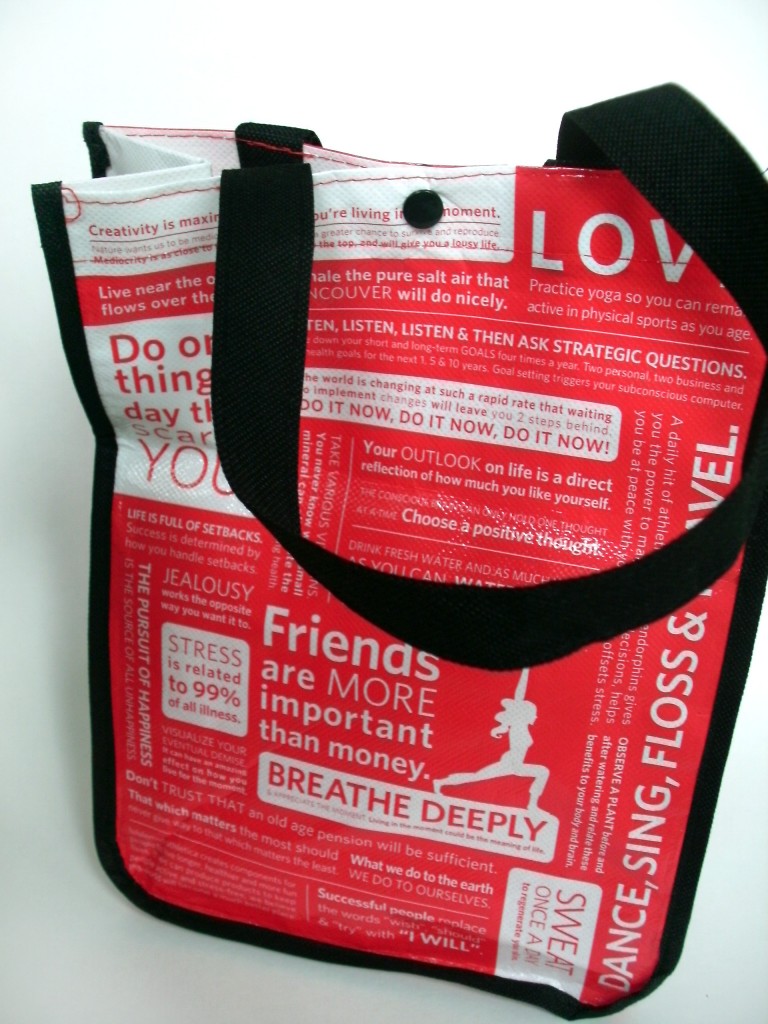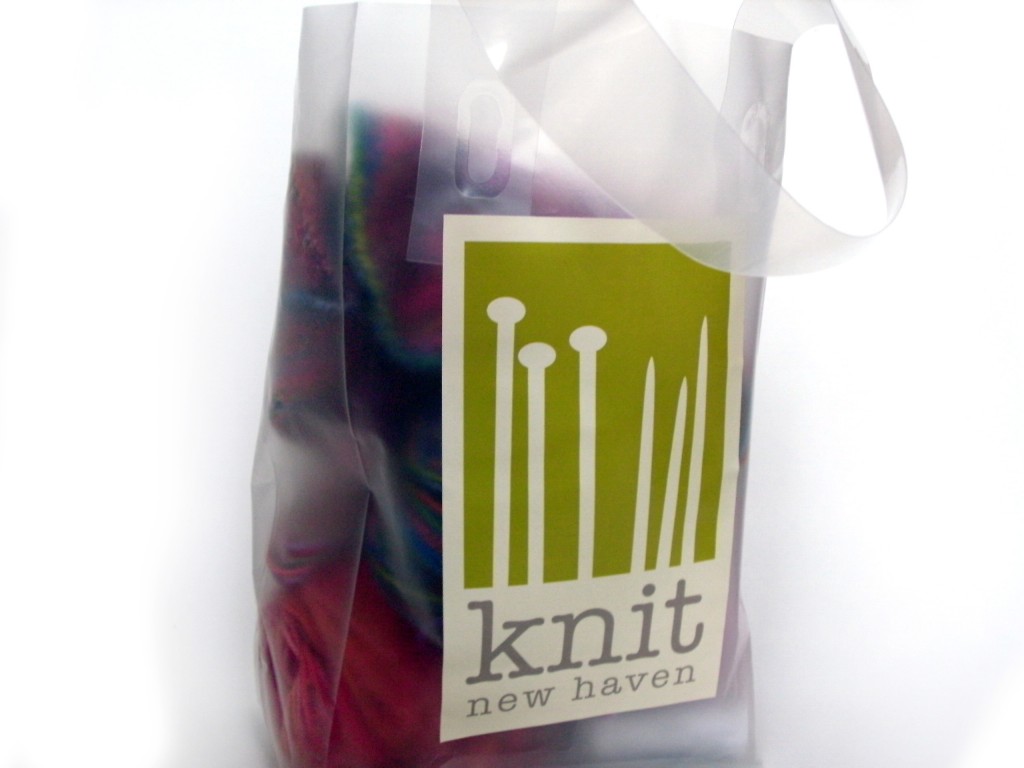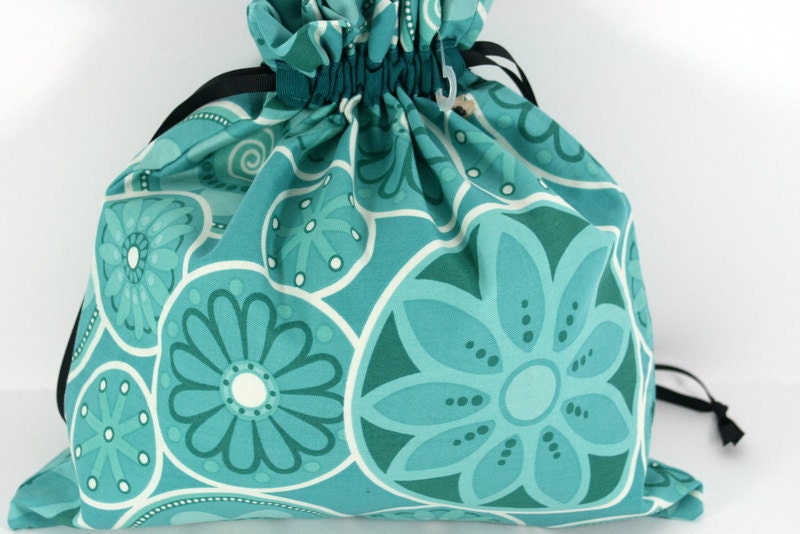If you have a dog, you probably think of him as a member of the family… so wouldn’t you want to crochet him a sweet toy?
When crocheting for a dog, safety is the top priority! It’s a lot like crocheting for a baby, with a few extra considerations to keep in mind.
Don’t use buttons or plastic parts!
Some dogs are avid chewers, and even ‘safety eyes’ can come off when the fabric they’re attached to has been chewed through. I don’t need to give details about the digestion distress a swallowed eye can give your pup… so just avoid them!

For any plush, you can easily add baby-safe crocheted eyes instead of plastic ones.
Select a Sturdy Yarn
Linen would totally rock, but so would wool or cotton. Nothing too soft (no merino!), because you want it to hold up. Even the gentle-est dog will have the toy in its mouth!
You can also look at thin rope in the hardware store. It’ll be sturdy and strong – you’ll just need to do some experimenting to find the right hook size.
Don’t forget to also select a machine washable yarn… because you’ll probably want to wash it!
Crochet a tighter gauge than usual
I used a size G hook on a worsted weight yarn- giving me a very stiff fabric. This will help almost any yarn last longer and stand up to more chewing.
Keep it Safe
Don’t make a super-tiny toy. I don’t know what the exact minimum size is, but make a toy that’s about the size of the toys you see sold in shops- that way you know you’ll be safe.
If you follow these tips, you can crochet an adorable toy that your pup will love… and will last through lots of playing!

